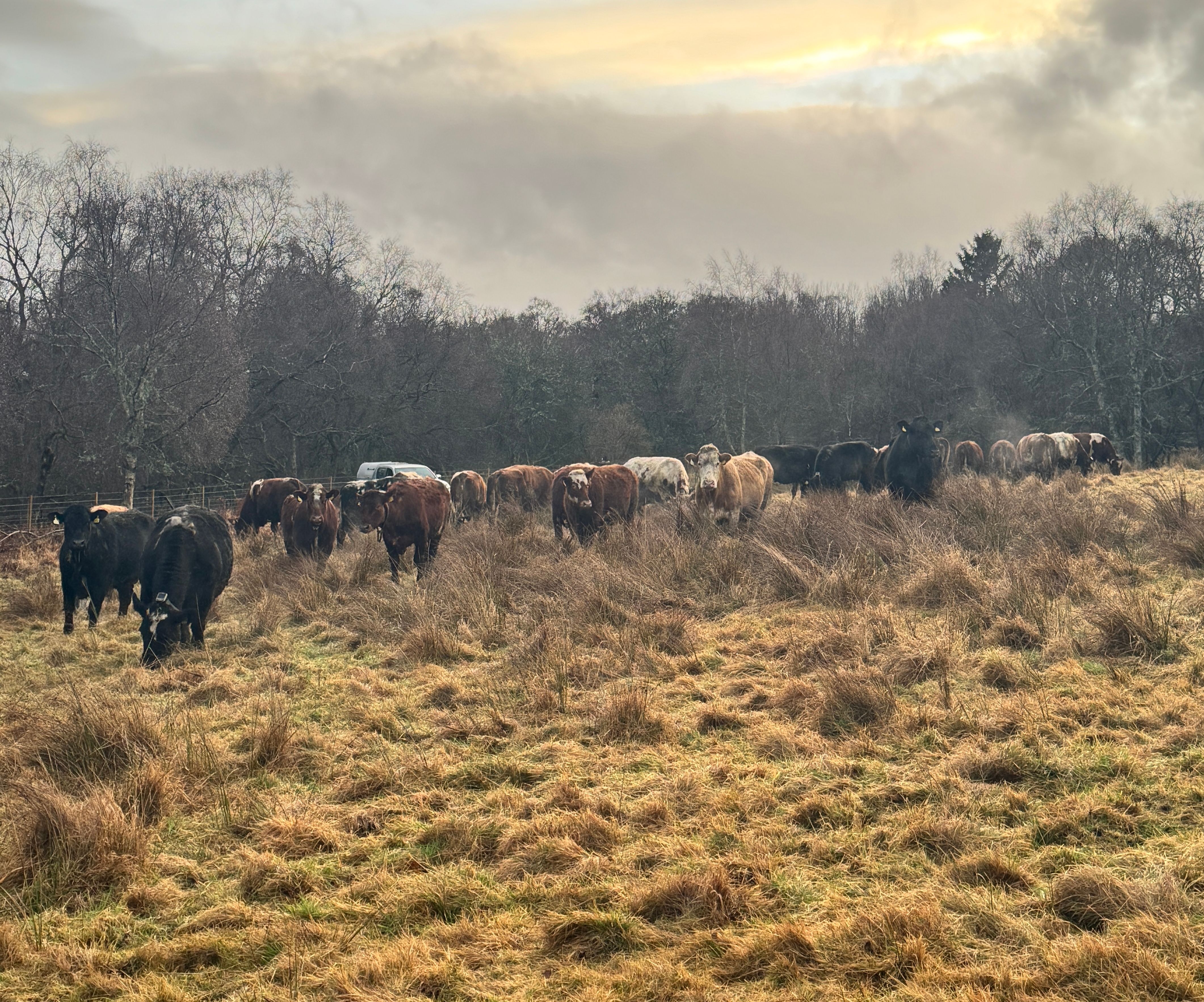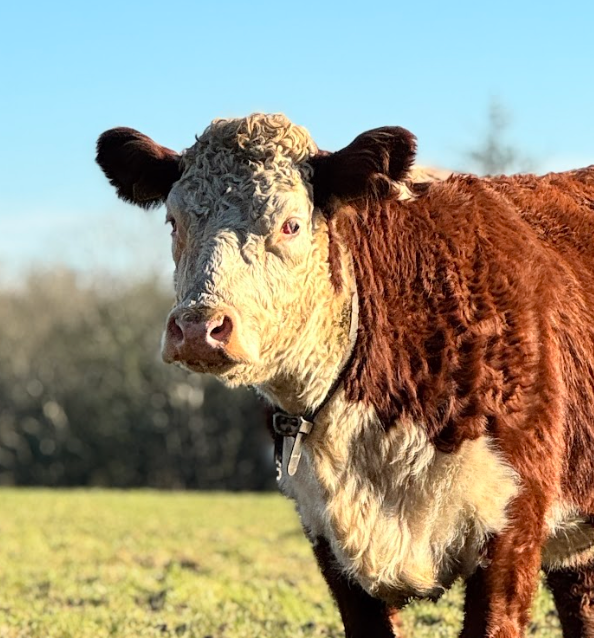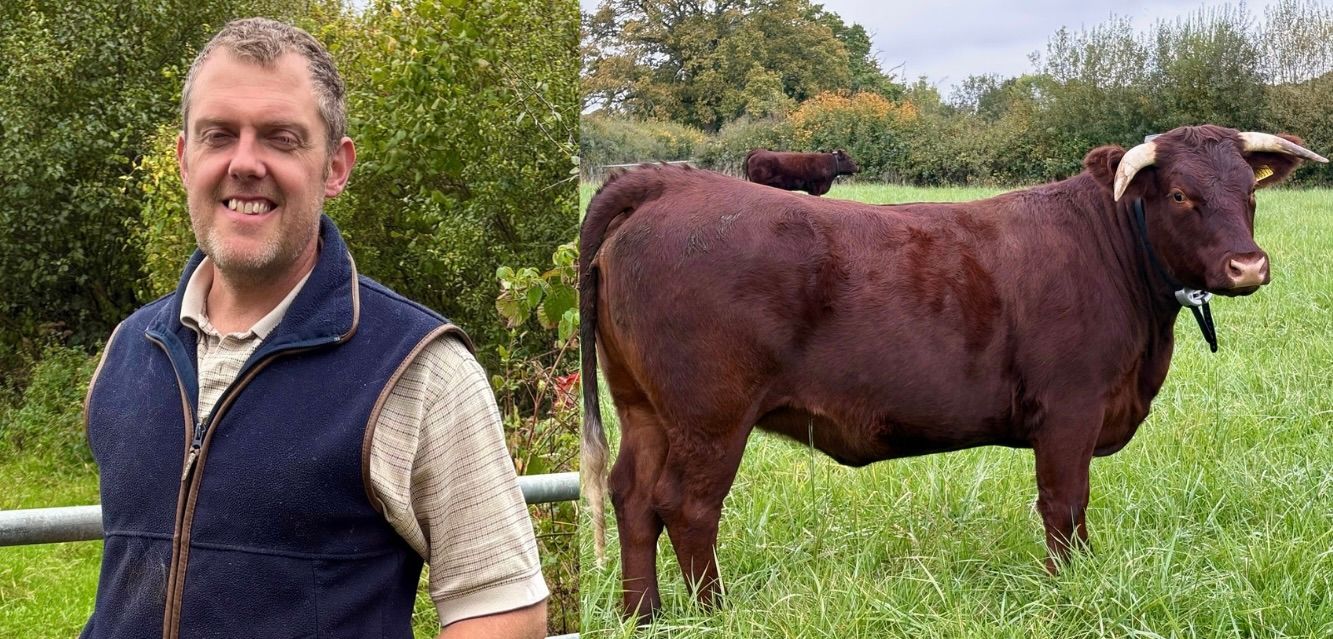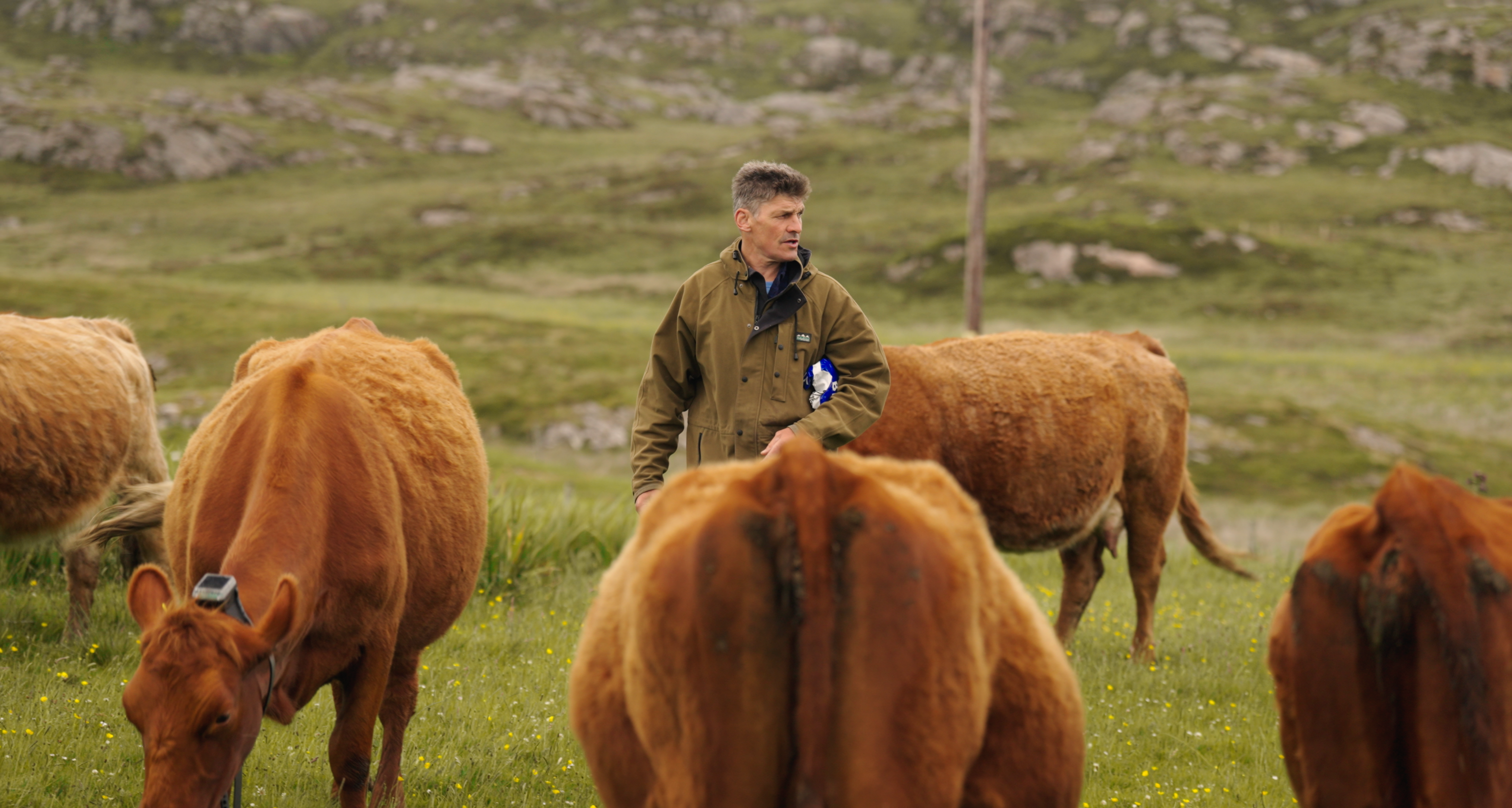The Opportunities and Benefits of Conservational Grazing
On public lands, fences pose barriers to wildlife and restrict movement, but virtual fencing adapts to the individual needs of an area.


In the late 1970s, scientists started documenting the benefits of conservation grazing and researching how grazing can benefit habitat structure. In the decades since, conservation grazing has become a practice proven to enhance biodiversity, increase habitat quality, and combat invasive species. In recent years, studies have advocated for a more nuanced understanding of conservation grazing.
The success of conservation grazing in practice depends on the proper management of individual projects. Some of the success factors include finding the right grazing intensity, collaborating with stakeholders, and considering the economic impact.
Some countries offer conservation funding initiatives, such as payments for ecosystem services and carbon sequestration incentives. Well-managed grazing regimes can enhance pasture quality and biodiversity. It can also improve livestock production while meeting conservation objectives.
How to Start Conservational Grazing Management
Conservation grazing management starts with a clear strategy and goals. Each plan must be localized, so different regions have different demands to consider, even if some concepts are universal.
Four key points to a successful management plan:
- Consider economic impact
- Collaborate between stakeholders like herd managers and conservationists
- Use local knowledge of the area
- Have a monitoring plan to prevent overgrazing
These key points overlap. For example, farmers and landowners face financial pressure that can conflict with conservation practices. From the economical angle, grazing an area at capacity makes financial sense. Because overgrazing can easily occur and negatively impact conservation efforts, a monitoring program must be in place to prevent it.
Collaboration between stakeholders like conservationists, farmers, and local communities, helps any program become more successful. Getting that collaboration can be hard. Stakeholders’ personal perceptions of grazing impacts and conflicting options can complicate efforts when trying to reach an agreement. Once the program has started, regular health assessments help to manage herd health and see if the conservation goals are being met.
Conservation Grazing in the United Kingdom and Northern Ireland
Since the mid-1980s, the UK government has implemented agri-environmental schemes (AES), offering farmers incentives to adopt conservation practices to help maintain local biodiversity and habitat. Many nature reserves are now managed using grazing animals. Community involvement with these schemes bolsters conservation efforts because the local stakeholders have a sense of ownership. The farmers, land managers, conservation organizations, and local communities are more actively involved.
Heritage or traditional livestock breeds often contribute to conservation grazing. They are typically more hardy than commercial breeds and more thrifty in nature. Research has shown that free-ranging native pony herds and local breeds, like Scottish Blackface sheep, can support biodiversity when grazing grassland and heathland. They have been shown to suppress invasive species, helping native flora thrive.
The United States' View on Conservation Grazing
The U.S. has extensive rangelands, making their approach to conservation grazing broader. Farmers and land managers sometimes use grazing strategies to help restore ecosystems, especially in sensitive areas like grasslands and riparian zones. Often grazing management in the US includes rotational grazing which allows land time to recover, can boost biodiversity, and improve soil and plant health. Traditionally, there has been an emphasis on collaboration with private landowners, incentivizing sustainable practices through financial assistance and grazing fees. These incentives reward lower grazing intensities, which promotes more sustainable practices.
Conservation Grazing in Norway
Studies about conservation grazing in Norway have looked into community involvement. While this can be fragmented in the UK and USA, the grazing communities in Norway were more supportive of traditional grazing practices. Norway is also an early adopter of new technologies like virtual fencing. Virtual fences have helped to contain livestock in Norway’s expansive and mountainous areas.

Conservational Grazing for Soil Improvement
Carefully managed conservation grazing for soil improvement can help improve nutrient cycling and long-term sustainability by improving soil structure, increasing organic matter, and supporting beneficial microbes.
In certain grasslands, grazing can improve soil seed bank richness. In other settings, grazing could have the opposite effect on the soil. When grazing strategies are made with specific environmental conditions in mind, land managers can use conservation grazing to maintain soil, health, productivity, and sustainability.
Freely Roaming Livestock
The debate over fencing for conservational grazing is complex. Fencing in the context of conservation grazing is used to either keep livestock contained in or excluded from specific areas.
In the “fencing versus no fencing” debate, either option can impact biodiversity, soil health, and the sustainability of grazing practices. Having long-term monitoring in place tracks progress and notes if biodiversity improves over time. Research has shown that both methods can promote conservation goals. The key is to focus on adaptive management practices that consider the specific needs of ecosystems, livestock, and local communities.
Freely roaming livestock may benefit biodiversity by promoting grazing across a wider area. Unfenced land has the positive effect of creating a connected landscape, benefiting wildlife. How effective conservation grazing is with or without fencing depends on the specific ecological context, management goals, and the sensitivity of the specific habitats.
Virtual Fences for Conservation Grazing
A new tool that can help with planning and monitoring is virtual fencing. Virtual fencing is a flexible and less invasive alternative to traditional fencing. These systems use audio cues through wearable devices to guide livestock. This gives farmers and land managers more flexibility and savings on fence installation and maintenance costs.
On public lands, fences can pose barriers to wildlife and restrict movement across landscapes, but virtual fencing adapts to the individual needs of an area. Research studies have found that virtual fences seem to have little impact on animal behavior.
Monil virtual fences have already helped conservational grazers in the UK and Norway achieve their complex goals. The system offers exclusions zones, making it possible to protect areas with bird nests or specific plants, for example. Users can also add no-graze or “exclusion” zones to preserve brush groves or other areas where grazing needs to be avoided. Monil helps protect sensitive ecosystems because the system does not disrupt the movement of wildlife.
"Virtual fencing, when carefully managed, offers significant potential for improving grazing efficiency while supporting biodiversity and sustainable land management."
- Conor Holohan, PhD in Animal and Grassland Science
The Future Benefits of Conservation Grazing
Conservation grazing has come along way since its first days in the 1970s, but continuing to reap the benefits from this type of grazing depends on careful planning, ongoing monitoring, and tight collaboration.
Thankfully, Monil is a new tool making it easier to get the balance right. Without the need for physical barriers, grazing management is adaptable and reduces disruption to wildlife. Monil helps animal and land owners fine-tune conservation grazing in ways that weren’t possible before. Whatever the methods, the goal remains the same: to ensure that grazing benefits both the land and the people who rely on it.
Want to hear more about how Monil is helping its customers with their conservation grazing needs?
Get in touch today:

